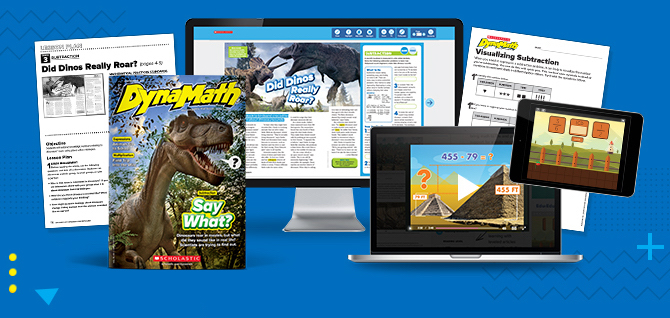There has been much talk over the past year about “learning loss,” and what “gaps” might need to be quickly filled in for students as we head into the next school year. But is that really what’s on the minds of educators and parents who are thinking about next fall?
After schools abruptly shut down in 2020, some research studies estimated that students might learn half or up to a full year less math in 2020-21 than they would in a typical year (Soland, Kuhfeld, Tarasawa, Johnson, Ruzek, and Liu, 2020). They also projected that children living in poverty would face the greatest impact from the shutdown, further widening the opportunity gap. These predictions were alarming to educators and families alike, creating more anxiety in an anxious time.
The actual data beginning to emerge paints a less dire picture than those early estimates, though it will take time to assess children’s skills and build strategies for accelerating gains. But what we do know is that the academic concerns tell only one part of the story. Equally important—and we would argue more so—is the need to recognize and address the social and emotional impact of the pandemic on students. Today more than ever, successful teaching addresses a child’s social and emotional learning (SEL), blended with the skills and knowledge they are learning.
During the pandemic, many students and their families have faced grief, uncertainty, and fear. That they have continued their education at all during this time is no small feat!
On top of this stress, math education tends to be especially daunting for students. Sixty-seven percent of teachers polled by the EdWeek Research Center reported that math anxiety was a challenge for their students. Even educators, parents, and school officials are not immune: It’s estimated that as many as 1 in 5 U.S. adults suffers from severe math anxiety (Luttenberger, Wimmer, and Paechter, 2018).
The current moment offers the chance to reframe widespread attitudes towards math. While they may not realize it, students and families have been practicing math in their daily lives throughout the pandemic. By acknowledging the organic learning that takes place outside of school, and by addressing the whole child’s needs, you have the chance to develop a new practice in math education.
The key here is not to dwell on the skills themselves and the challenge they may pose. The key is to build confidence first and let learning flow from there.
This fall, it is imperative to focus on what students have gained, not what they have lost. Enter the school year with a positive mindset: You can do math! You have not lost your skills. You are intelligent, you are impressive, and you are already doing your best to make it through. Trying hard and sticking with a challenge is the best skill of all!
Create a learning space of comfort and confidence first. Then focus on core foundational skills that all students can be successful with. Don’t worry about taking steps backward—when a student feels the relief of being capable, that’s when nerves can begin to subside.
Reassure students’ families, as well, that no ground has been truly “lost.” Their child is still intelligent, still capable, and will learn everything they need to know at their own pace. Express pride in your students to their families first and foremost. Encourage families to discuss math with their child in a positive way. You can also suggest fun activities that can boost confidence at home (for example, DynaMath’s Choice Board, Family Letter prompts, and online games).
Resilience is a road, not a destination. It is a continuous process of working with each student at their own pace, listening to their thoughts and ideas, and working patiently through the emotional upheavals that life inevitably brings. The road to resilience is paved by meeting all of a student’s needs—social, emotional, and academic—in the way you teach.
For more inspiration, below are a handful of ways teachers already incorporate SEL into their math lessons.
“I embedded SEL pieces from Jo Boaler into my remote curriculum last year to get kids thinking about their emotional wellbeing while doing math. I want my students to always feel that it’s okay to have feelings about anything and everything, including math learning.” – Jessica Hoban, Instructional Math Coach
“On Tuesdays we do a Mood Meter during our morning meeting. I try to make references to it in other areas, including math: What are some feelings you have while working on this? Where would you rank those on the Mood Meter? – Melanie Curro, 3rd Grade Math Teacher


